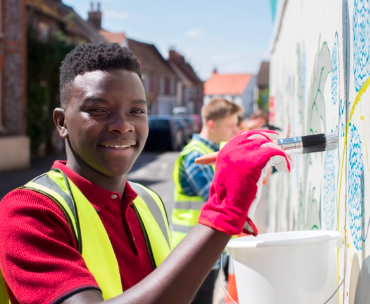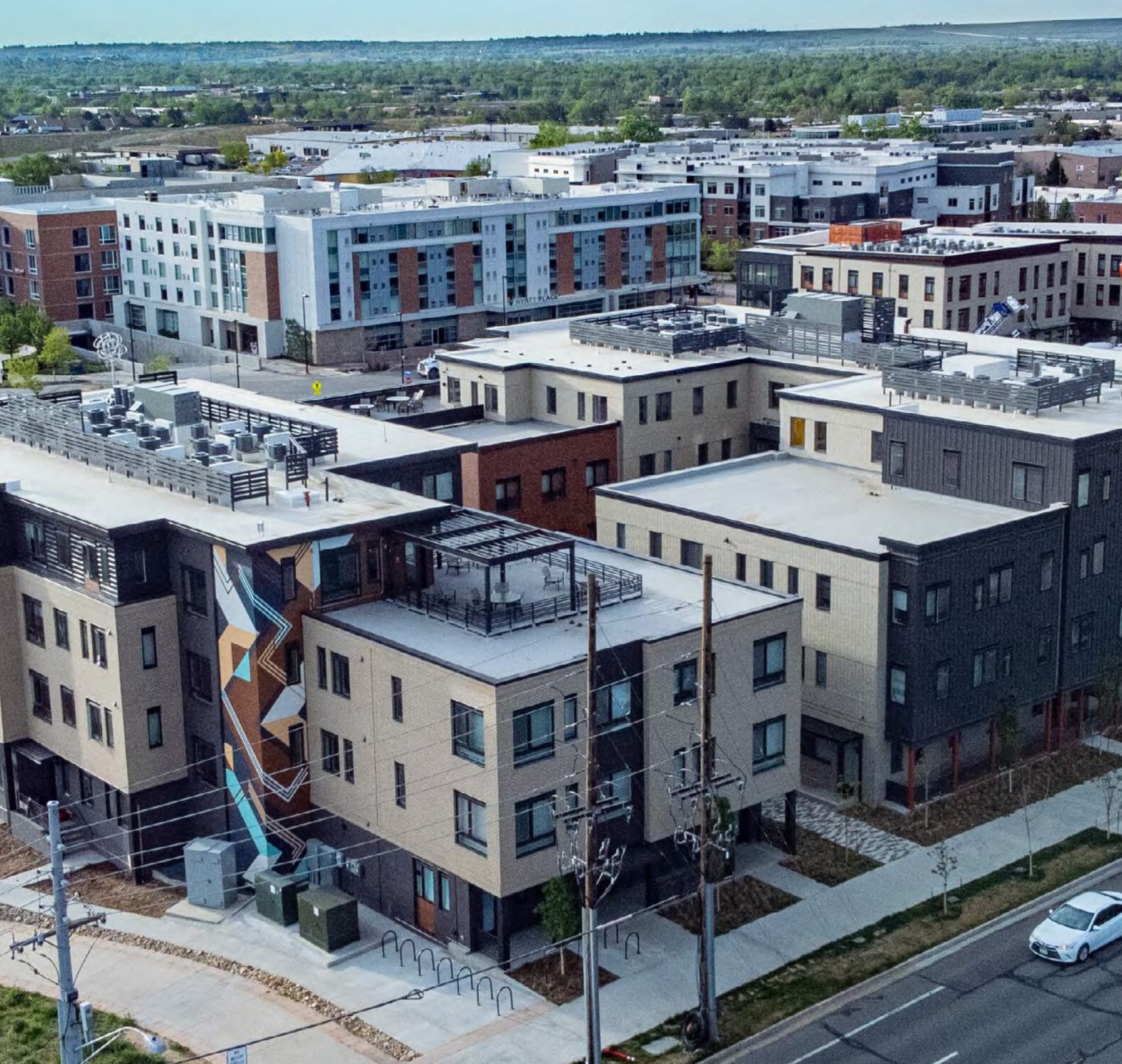As COVID-19 cases increased across Michigan, protecting the health and safety of young people in juvenile detention centers and other secure facilities became a matter of critical concern. Starting in March 2020, Governor Gretchen Whitmer, the State Court Administrative Office (SCAO), and the Michigan Department of Health and Human Services (MDHHS) each issued multiple orders and communications containing guidance and recommendations for how local courts, juvenile facilities, and other stakeholders should modify their practices to reduce the threat to youth in detention or residential facilities posed by COVID-19. The guidance focused primarily on reducing the number of young people in confinement by limiting placement in detention or residential facilities to only those who presented substantial and immediate safety risks to others.
In response to the pandemic, many juvenile courts increased the use of existing alternatives. This included expanded use of electronic monitoring and intensive community supervision. Other courts worked to increase coordination with community-based systems to provide youth and families with greater access to services. These included mental health treatment and family-focused, wraparound case management. In addition, several courts noted that they had to be more creative in utilizing specialized programming and graduated sanctions in lieu of detention to hold youth accountable.
Public Policy Associates, Inc. (PPA) partnered with the Michigan Center on Youth Justice to conduct a study on the impact of COVID-19 on juvenile detention and secure residential facility populations in Michigan. With support from the Michigan Justice Fund, the study aimed to provide stakeholders with more detail about the numbers and characteristics of the young people who were released or diverted from detention, the young people who remained, and the factors that drove those decisions, as well as information about the degree to which the initial steps to keep youth out of secure confinement have been sustained over time.
To inform the study, the research team asked all secure juvenile facilities in Michigan to provide de-identified facility census data for a ten-month period from December 2019 through September 2020, including demographic characteristics and information on current charges for those juveniles. Twenty of Michigan’s 30 secure juvenile facilities provided data for the study, including both detention and secure treatment facilities located in every region of the state. The research team also conducted interviews with 11 juvenile court administrators, who were asked to describe how the use of secure confinement of juveniles has changed since the start of the pandemic, challenges encountered due to the pandemic, lessons learned, and plans for sustaining any of the changes after the pandemic ends.





